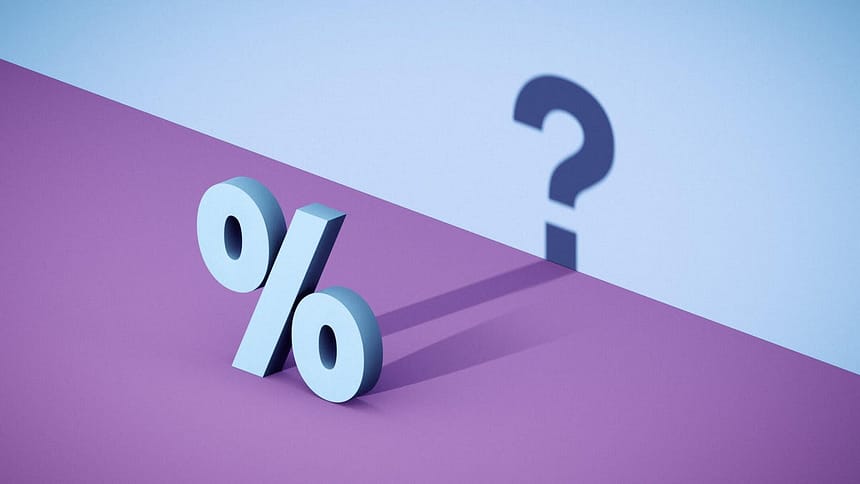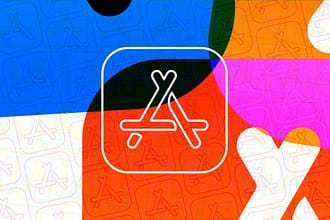
Rates remain elevated, but don’t wait too long to snag a good one.
- The Federal Reserve paused rates at its May meeting.
- Banks tend to follow the Fed’s lead when setting their deposit account rates.
- Today’s best CDs and savings accounts earn up to 5% APY.
To no one’s great surprise, the Federal Reserve paused interest rates again today, keeping them at a target range of 4.25% to 4.5%. It’s the third time the Fed has paused rates this year. In its postmeeting statement, the Fed noted that, “Although swings in net exports have affected the data, recent indicators suggest that economic activity has continued to expand at a solid pace.” Holding rates steady allows the Fed to continue monitoring the economy before making adjustments to its monetary policy.
That means you still have time to score an attractive rate on a certificate of deposit or savings account. Top CDs and savings accounts continue to offer annual percentage yields as high as 5%. But if you want to maximize your earnings, it’s wise to act now.
“CD rates may remain unchanged in May, but they should drift lower by June,” said Noah Damsky, CFA, principal of Marina Wealth Advisors. “I think it’s a coin flip [whether the Fed] cuts rates in June. However, I am confident the Fed will cut rates by July. This all means that rates will head lower.”
Here’s what you need to know about how the Fed’s latest decision affects your savings — and what you should do to maximize your money now.
Read more: Fed Meeting Keeps Interest Rates High. Here’s Why That’s a Big Deal for Your Finances
How the Federal Reserve influences deposit rates
The Fed meets eight times a year to assess the health of the US economy and vote on the federal funds rate, the rate banks use to lend and borrow money. While the Fed’s decision to change rates doesn’t directly affect savings rates, changes in APYs typically follow. The changes can take several weeks or even months to take effect.
Although some banks set their deposit account APYs according to the direction of the federal funds rate, timing and specific rates may vary. “Some big banks are swimming in deposits and they don’t need to pay up to bring in more,” said Greg McBride, chief financial analyst at Bankrate.
As such, there may be dramatic differences in account interest rates from bank to bank. “People should shop around, and they shouldn’t just shop around today; they should shop around a week from now, a month from now and three months from now,” said Gary Zimmerman, CEO of MaxMyInterest.
The Fed paused rates. Now what?
Jordan Gilberti, senior lead planner at Facet, recommends preparing for the worst-case scenario when thinking about strategies for growing your savings, whether you’re setting aside cash for an emergency or building a vacation fund. With rates paused for now, purchasing a CD or moving your money to a high-yield savings account as soon as possible is the best way to maximize your interest earnings.
“Banks are already adjusting [rates], and we’ve seen a few of the high-yield savings accounts take a step back,” said Taylor Kovar, CEO of 11 Financial. “It’s not panic mode or anything, but if you’ve got cash sitting around, now’s a good time to check where it’s earning the most and make sure it’s still competitive.”
You can also consider building a CD ladder, suggests John Buran, CEO of Flushing Financial, the parent company of Flushing Bank. This strategy allows you to take advantage of still-high interest rates in the short term, but also lock in rates for the long term in case APYs drop.
The best savings accounts to open now
Understanding the pros and cons of each deposit account type can help you make the best choice for your needs.
High-yield savings account
A high-yield savings account is an interest-earning account often offered by online banks, credit unions and other financial service institutions. Unlike traditional savings accounts, whose APYs can be as low as 0.01%, the best high-yield savings accounts offer up to 5% APY.
Pros
- Some high-yield savings accounts earn more than 10 times the national average.
- Your money is easily accessible when you need it.
- If your account is held at an FDIC- or NCUA-insured institution, it’s protected up to $250,000 per person, per institution if the institution fails.
Cons
- Availability can be limited. These accounts aren’t offered by all banks or credit unions.
- Many accounts are provided by online-only banks with no physical branches. You must be comfortable with an entirely digital banking experience.
- Variable rates can change at any time.
Certificate of deposit
A certificate of deposit is a deposit account that offers a fixed rate for a specific time, or term. In exchange for fixed growth, you agree not to withdraw your money before the term ends. The main benefit of a CD is that your money grows over time at a predetermined APY. Top CDs currently earn APYs as high as 4.5%.
Pros
- A fixed rate applies to the CD’s entire term.
- CDs are widely available at most banks or credit unions.
- If your account is held at an FDIC- or NCUA-insured institution, it’s protected up to $250,000 per person, per institution.
Cons
- Your money is tied up for the duration of the CD’s term.
- Early withdrawal penalties reduce returns if you need to take out money before the term ends.
No-penalty CD
A no-penalty CD is a specialty CD that offers a fixed rate for a specific term, like traditional CDs. This deposit account doesn’t impose an early withdrawal penalty if you need to access your money before the term ends. These CDs are generally less widely available, and the APYs are lower, but the additional flexibility can be worth a slight drop in rates.
Pros
- A fixed rate applies to the CD’s entire term.
- Withdrawals before the CD matures don’t incur penalties.
- If your account is held at an FDIC- or NCUA-insured institution, it’s protected up to $250,000 per person.
Cons
- No-penalty CDs aren’t widely available at most banks or credit unions.
- These CDs generally earn a lower APY than a traditional CD.
Tips for finding the right savings account or CD
Keep in mind that larger, brand-name banks with bigger marketing budgets may not offer the most competitive rates on savings accounts and CDs. Community or regional banks, credit unions and online-only banks often offer higher rates on deposit accounts to attract new customers.
The best high-yield savings accounts continue to offer APYs up to 5%, low fees and no minimum balance requirements. The best CD rates are as high as 4.50% APY.
When evaluating a savings account, note any fees associated with opening or maintaining the account. CDs offer a safe, fixed rate of growth — as long as you can leave the funds in the account until the maturity date to avoid early withdrawal penalties. Terms can last anywhere from three months to five years or more.
Additionally, confirm that your deposit is insured by either the FDIC (for banks) or the NCUA (for credit unions). This protects your money for up to $250,000 per person, per institution if the bank fails. You should also compare APYs and how easily you can access your money before making your decision.
Elevated savings rates are still available
With interest rates currently paused, there’s still time to maximize your earnings with a high-yield savings account or CD. But the sooner you act, the better. Experts expect the Fed will resume rate cuts later this year.
If you’re not already earning a competitive interest rate on your savings, consider locking in one of today’s best CD rates or moving your funds to a high-yield savings account to boost your earnings.






